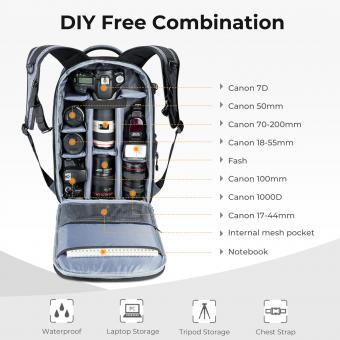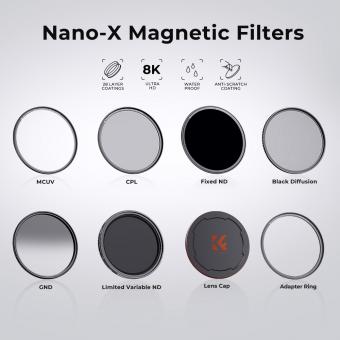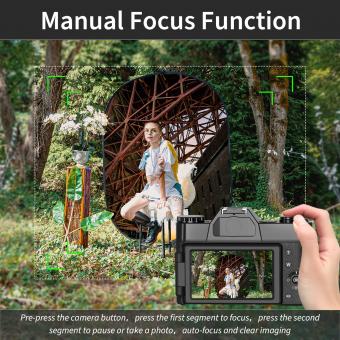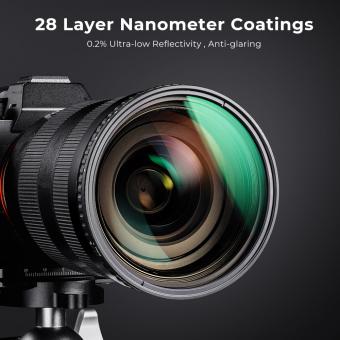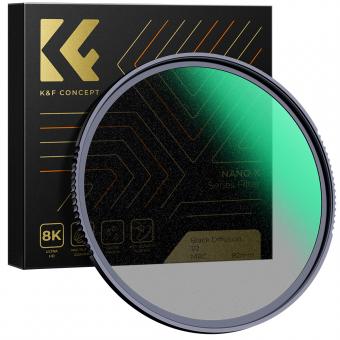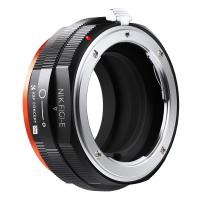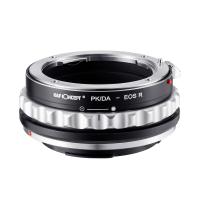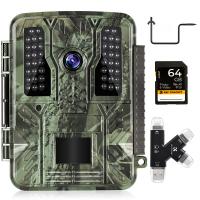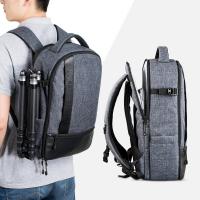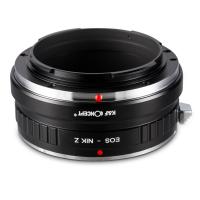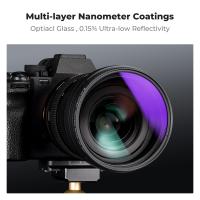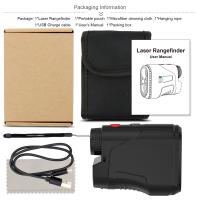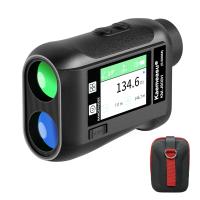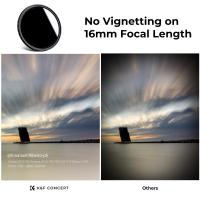Which Lens Is Best For Photography ?
There is no definitive answer to which lens is best for photography as it depends on the specific needs and preferences of the photographer. Different lenses have different focal lengths, apertures, and features, which make them suitable for various types of photography. Some popular lens options include wide-angle lenses for landscapes, telephoto lenses for wildlife or sports photography, and prime lenses for low-light or portrait photography. Ultimately, the best lens for photography will vary based on the desired subject, shooting conditions, and personal style of the photographer.
1、 Prime lenses: Excellent image quality and wide aperture options.
Prime lenses are widely regarded as the best option for photography due to their excellent image quality and wide aperture options. These lenses have a fixed focal length, which allows for greater precision and sharpness in capturing images. The absence of zoom functionality may seem limiting at first, but it actually encourages photographers to be more creative and intentional with their compositions.
One of the key advantages of prime lenses is their ability to produce images with exceptional clarity and sharpness. Since they have a fixed focal length, prime lenses are designed to optimize image quality at that specific focal length. This results in sharper images with minimal distortion and aberrations, making them ideal for capturing fine details and textures.
Another significant advantage of prime lenses is their wide aperture options. Many prime lenses have maximum apertures as wide as f/1.4 or even wider. This allows for greater control over depth of field, enabling photographers to create stunning bokeh effects and isolate subjects from their backgrounds. The wide aperture also allows more light to enter the lens, making prime lenses excellent choices for low-light photography.
In recent years, prime lenses have become even more popular due to advancements in lens technology. Manufacturers have been introducing new prime lenses with improved optics and features. For example, some prime lenses now incorporate image stabilization technology, which helps reduce camera shake and allows for sharper handheld shots.
Overall, prime lenses continue to be the preferred choice for many photographers due to their exceptional image quality, wide aperture options, and the creative opportunities they offer. While zoom lenses have their advantages in terms of versatility, prime lenses excel in delivering stunning image quality and allowing photographers to fully explore their artistic vision.

2、 Zoom lenses: Versatile focal length range for various shooting situations.
Zoom lenses are undoubtedly the most versatile option for photography, offering a wide range of focal lengths that can adapt to various shooting situations. These lenses allow photographers to zoom in and out, providing flexibility and convenience when capturing different subjects or compositions. Whether you are shooting landscapes, portraits, or wildlife, a zoom lens can cater to your needs without the hassle of changing lenses.
One of the significant advantages of zoom lenses is their ability to cover a broad focal length range. This means that you can go from wide-angle to telephoto without having to switch lenses, saving time and ensuring that you don't miss any crucial moments. For example, a 24-70mm zoom lens is ideal for capturing wide-angle shots of landscapes or architecture, while also allowing you to zoom in for portraits or closer details.
Moreover, advancements in lens technology have made zoom lenses increasingly popular among photographers. Manufacturers are constantly improving the optical quality of zoom lenses, reducing distortion and chromatic aberration, and enhancing image sharpness. This means that modern zoom lenses can produce high-quality images that rival those captured with prime lenses.
However, it is important to note that prime lenses still have their advantages. They often offer wider maximum apertures, allowing for better low-light performance and more control over depth of field. Additionally, prime lenses tend to be smaller, lighter, and less expensive than zoom lenses.
In conclusion, while prime lenses have their merits, zoom lenses are the go-to choice for most photographers due to their versatility and convenience. With the continuous advancements in lens technology, zoom lenses are becoming increasingly capable of delivering exceptional image quality. Therefore, if you are looking for a lens that can adapt to various shooting situations, a zoom lens is undoubtedly the best option.
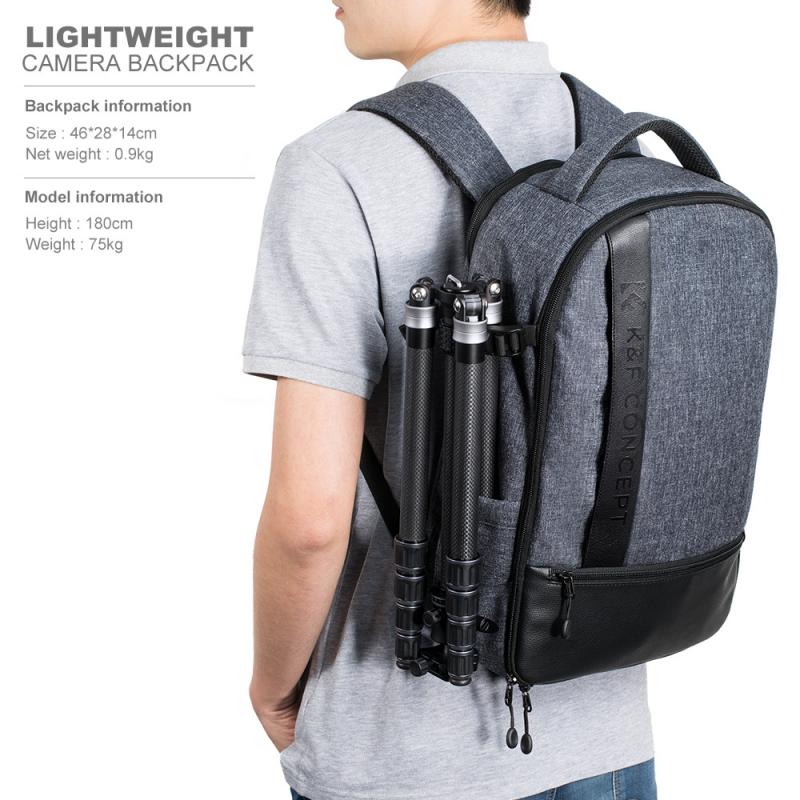
3、 Wide-angle lenses: Capture expansive scenes and emphasize perspective.
Wide-angle lenses are a popular choice among photographers for capturing expansive scenes and emphasizing perspective. These lenses have a focal length shorter than 50mm, allowing them to capture a wider field of view. They are particularly useful for landscape photography, architecture, and interior shots, where the photographer wants to include as much of the scene as possible.
Wide-angle lenses excel at creating a sense of depth and space in photographs. They can make objects in the foreground appear larger while still capturing the surrounding environment. This effect can be used creatively to add drama and impact to images. Additionally, wide-angle lenses can exaggerate perspective, making objects in the foreground appear larger and closer, while those in the background seem smaller and more distant. This can create a dynamic and immersive visual experience for the viewer.
In recent years, advancements in lens technology have made wide-angle lenses even more versatile and high-performing. Manufacturers have improved lens coatings to reduce lens flare and ghosting, resulting in sharper and more contrasted images. Some wide-angle lenses also feature image stabilization, which helps to minimize camera shake and allows for handheld shooting in low-light conditions.
It is important to note that while wide-angle lenses are excellent for certain types of photography, they may not be suitable for all situations. They can distort subjects when used too close, and their wide field of view may not be ideal for portraits or subjects that require a more compressed perspective. Therefore, it is essential for photographers to consider their specific needs and shooting style when determining which lens is best for their photography.
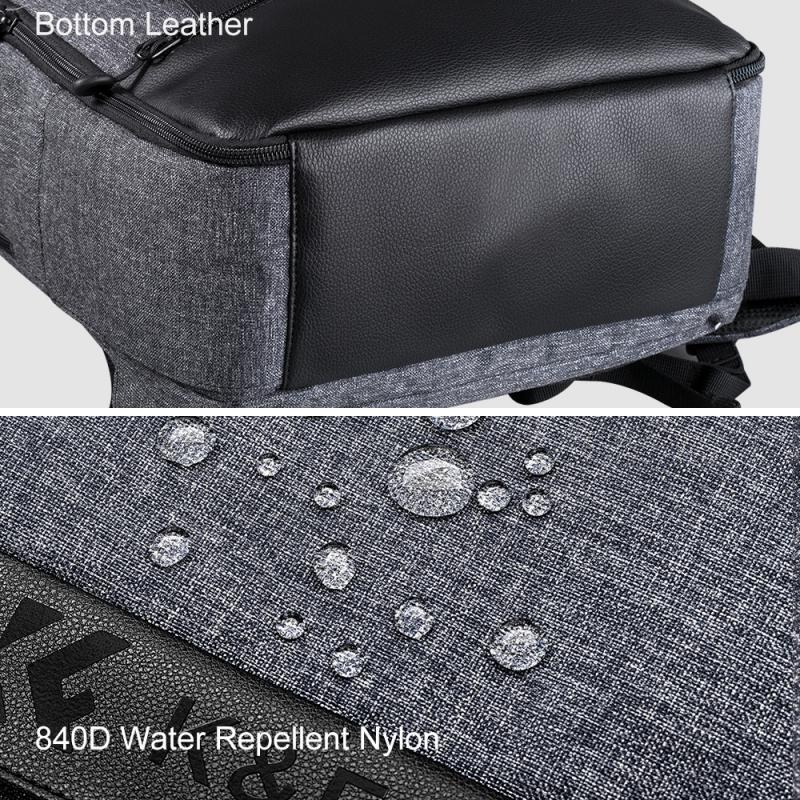
4、 Telephoto lenses: Ideal for capturing distant subjects with magnification.
Telephoto lenses are widely regarded as one of the best options for photography, especially when it comes to capturing distant subjects with magnification. These lenses have a longer focal length, allowing photographers to zoom in and capture subjects that are far away. They are commonly used in wildlife, sports, and landscape photography, where the photographer needs to capture details from a distance.
One of the main advantages of telephoto lenses is their ability to compress the perspective, making distant objects appear closer together. This can create stunning visual effects and make the subject stand out from the background. Additionally, telephoto lenses have a shallow depth of field, which can be used to isolate the subject and create a pleasing background blur.
In recent years, telephoto lenses have seen significant advancements in technology. Manufacturers have been introducing lenses with improved image stabilization, faster autofocus, and better optical quality. These advancements have made telephoto lenses even more versatile and user-friendly, allowing photographers to capture sharp and detailed images even in challenging conditions.
However, it is important to note that the "best" lens for photography ultimately depends on the specific needs and preferences of the photographer. Different lenses excel in different situations, and it is essential to consider factors such as budget, intended use, and personal shooting style when choosing a lens. It is always recommended to try out different lenses and seek advice from experienced photographers to find the perfect fit for individual needs.






